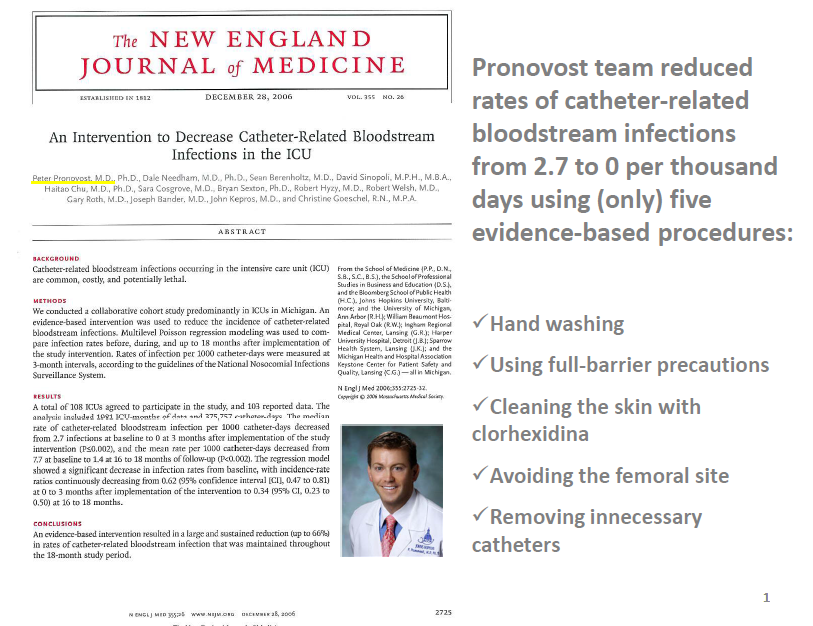The campaign "Too much medicine" by the British Medical Journal wants to highlight the threat of over diagnosis to the health of individuals, and also expose the inherent waste of resources involved in inappropriate clinical practice. According to the BMJ, there is evidence that more and more people suffer from over diagnosis and overtreatment for a wide range of clinical circumstances such as cases of asthma, chronic renal failure or prostate and thyroid cancer. Through this campaign, the magazine plans to improve awareness among physicians of both the benefits and side effects of treatments and technologies, and thus find out how excesses can be reduced safely and properly.
The editor of the BMJ, Fiona Godlee, gives much attention to the campaign: “As medicine based on evidence, or clinical safety, were the movements of the previous decades, combating excess is a contemporary manifestation of an ancient desire: no harm when we want to heal".
To start talking about this campaign, I thought it would be appropriate to review the book “Overtreated" whose author, Shannon Brownlee is a science journalist who has published in Atlantic Monthly, New York Times, New Republic and Time.
Too much medicine
This is the title of the first chapter of the book, where she writes: “As most clinical practices have never been scientifically proven, when someone was faced with them, it turned out that many of them did not offer a good balance between damage and benefits, they only believed it and let’s review some clinical activities that, having had their base in the moment that have been evaluated, had to be rethought seriously such as tonsillectomies, hysterectomies, frontal lobotomies, radical mastectomies, arthroscopies knee arthritis, radiological screening for lung cancer, inhibitors of proton pump for stomach ulcers, menopause hormone therapy, high-dose chemotherapy for breast cancer, etc."
Too much medicine
This is the title of the first chapter of the book, where she writes: “As most clinical practices have never been scientifically proven, when someone was faced with them, it turned out that many of them did not offer a good balance between damage and benefits, they only believed it and let’s review some clinical activities that, having had their base in the moment that have been evaluated, had to be rethought seriously such as tonsillectomies, hysterectomies, frontal lobotomies, radical mastectomies, arthroscopies knee arthritis, radiological screening for lung cancer, inhibitors of proton pump for stomach ulcers, menopause hormone therapy, high-dose chemotherapy for breast cancer, etc."





+11.10.20.png)
